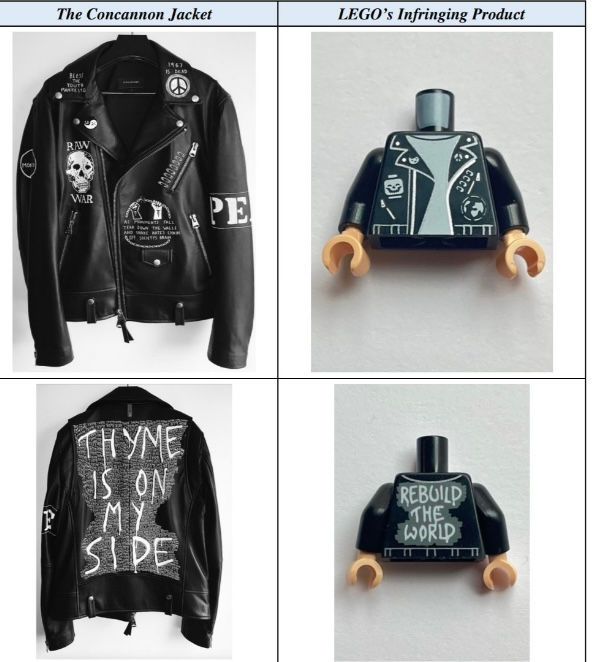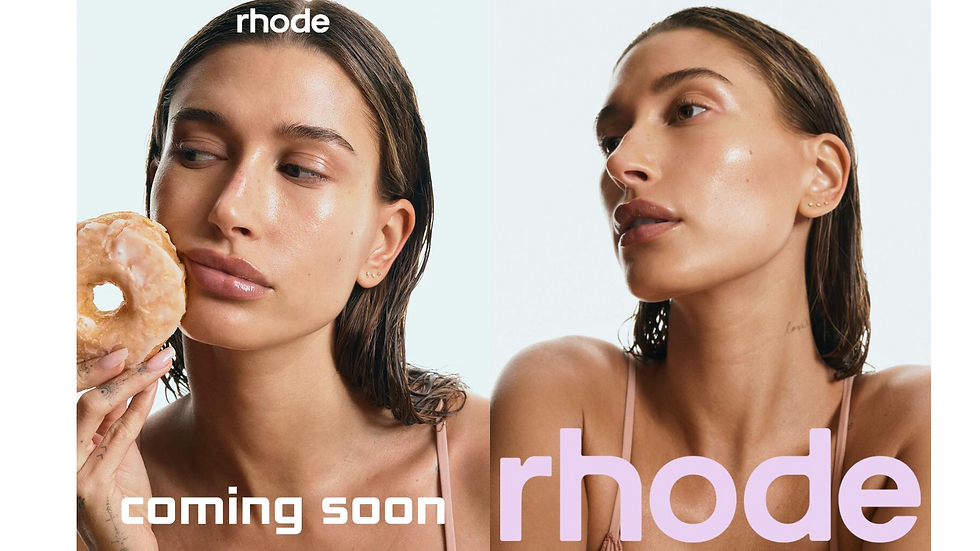Past Fashion Law: Bottega Veneta Knots and Weaves Trademarks
- Ariel Goldberg
- Jun 5, 2022
- 3 min read
The luxury Italian fashion house Bottega Veneta (“Bottega”) acquired trademark protection for the unique trade dress subject matter of a woven pattern and sculptural knot. Unconventionally, Bottega’s signature look in leather goods does not rely on the traditional branding of a distinctive logo. Instead, Bottega’s handbags, wallets and other leather goods are branded with distinguishing design features, specifically a woven leather pattern and sculptural knot attached to the clasp. Without a distinct logo on leather goods, these visual features become indicators of the brand. Due to this branding strategy, Bottega’s positioned itself to build intriguing trade dress protection, but it was not without a struggle.
Weave Trademark
Bottega fought to gain trademark protection for its signature weave design called Intrecciato. Intrecciato consists of strips of leather, ranging from 8 to 12 millimetres in width, interlaced to create a basket weave pattern placed at a 45 degree angle on all or substantially all of the product. Due to the Intrecciato being a core design feature of the brand, Bottega argued that the weave pattern was an indicator of source where consumers understand a product is a Bottega when they see the distinctive Intrecciato design.

Initially, the USPTO rejected the trademark application because the Examining Attorney found the weave pattern to be aesthetically functional and ornamental. To be granted trademark protection, the weave pattern cannot be functional. This means the mark cannot be used solely to make the product more aesthetically pleasing and desirable or be essential to or a characteristic of the product. The Examining Attorney argued that competitors would be significantly disadvantaged if unable to use the weave pattern. Further, the Examining Attorney argued that the weave pattern was merely an ornamental pattern and did not develop secondary meaning as a source indicator of Bottega.
On appeal in 2013, the Trademark Trial and Appeal Board (“TTAB”) of the US Patent and Trademark Office (“USPTO”) reversed the refusal and granted trademark protection for the Intrecciato weave design. First, the TTAB found that the weave design was not aesthetically functional. The Examining Attorney's evidence of third-party use of weave patterns on leather goods featured general weave patterns that did not meet the exact weave pattern Bottega described. The patterns were either not at a 45 degree angle, used different sized strips of leather or were a different material. Further, the limited evidence that was identical to the described pattern instead demonstrated that competitors copied the design because of its association with Bottega. Secondly, the TTAB concluded that the weave pattern was not merely ornamental Instead, Bottega’s submitted evidence of acquired distinctiveness proved the weave pattern was a source indicator. Bottega’s evidence included its 2005-2009 $22.9 million advertising budget and 80% of its products feature the design.
Knot Trademark
In 2014, Bottega was in similar trademark trouble with its trademark registration of a sculptural macramé knot design for handbags, clutch bags, shoulder bags and purses. The mark is a three-dimensional knot with caps on each side that is attached to a clasp on the goods.

Initially, the USPTO refused the registration of the knot design. The Examining Attorney argued that the mark was a nondistinctive feature of a product design that needed sufficient evidence of acquired distinctiveness. Subsequently, Bottega submitted evidence of the promotion and recognition of the knot mark which consisted of its $5 million advertising expenses, media coverage, statements from fashion industry experts and a comparison of the knot design to other marks in the fashion industry such as Chanel’s “CC”, Tory Burch’s cross and Salvatore Ferragamo’s bow.
Ultimately, the evidence was insufficient to prove acquired distinctiveness, but the USPTO did not reject the application. Instead, the mark was registered on the Supplemental Register which is for marks that currently failed to prove acquired distinctiveness but can prove it in the future. Rather than full trademark protection, the Supplemental Register allows for the use of the ® symbol and prevents others from registering similar applications. In 2015, the USPTO approved the trademark registration.
Takeaways
There are interesting takeaways from Bottega’s trademark struggles. Bottega’s registrations demonstrate the possible protection available for visual fashion features beyond a traditional distinct logo or two-dimensional design. However, these marks are specific, limited and narrowed to provide protection but avoid inhibiting creativity and growth in the industry. While Bottega’s branding strategy pushed Bottega to achieve interesting trade dress, these designs can be vulnerable before officially protected. In the era of fast fashion, marks such as the woven pattern can be easily replicated because there is no logo. Bottega is a big luxury fashion brand, but still had trouble receiving protection for visual elements. This indicates that acquired distinctiveness takes a lot of time and resources to develop which could make relying on trade dress as a source indicator harder for smaller brands with less reach and resources.




Comments